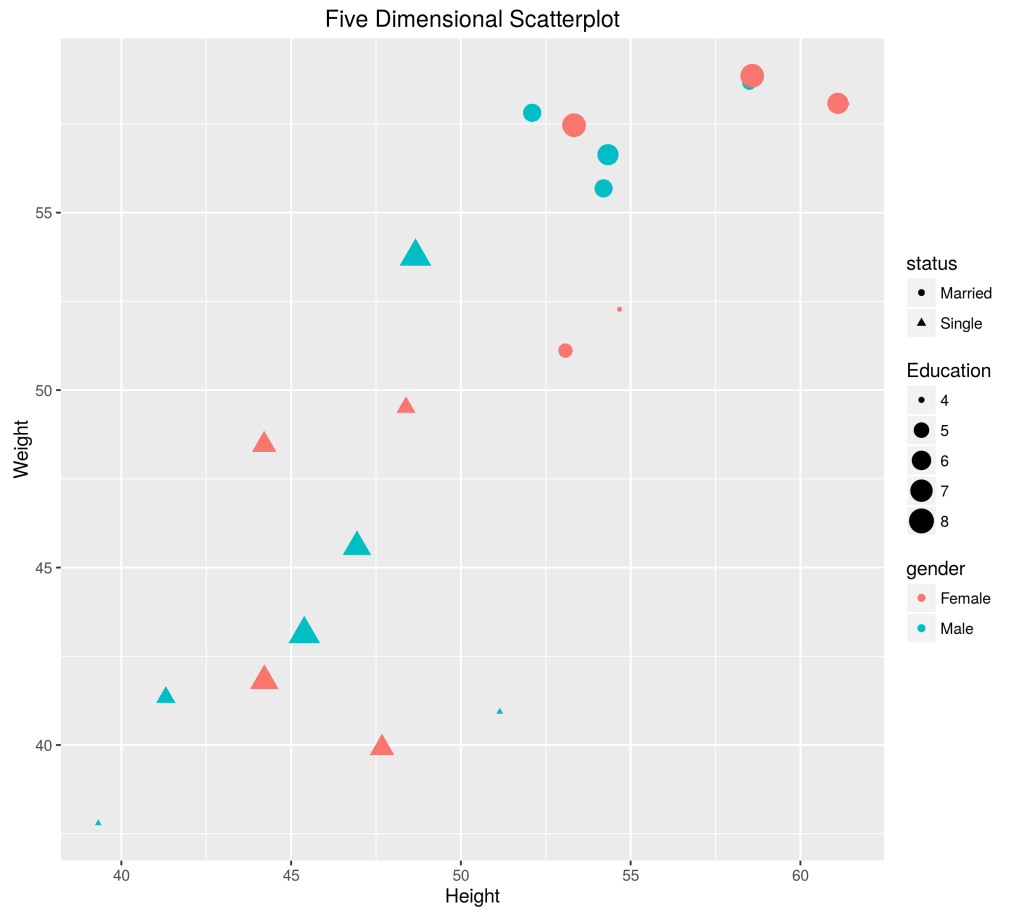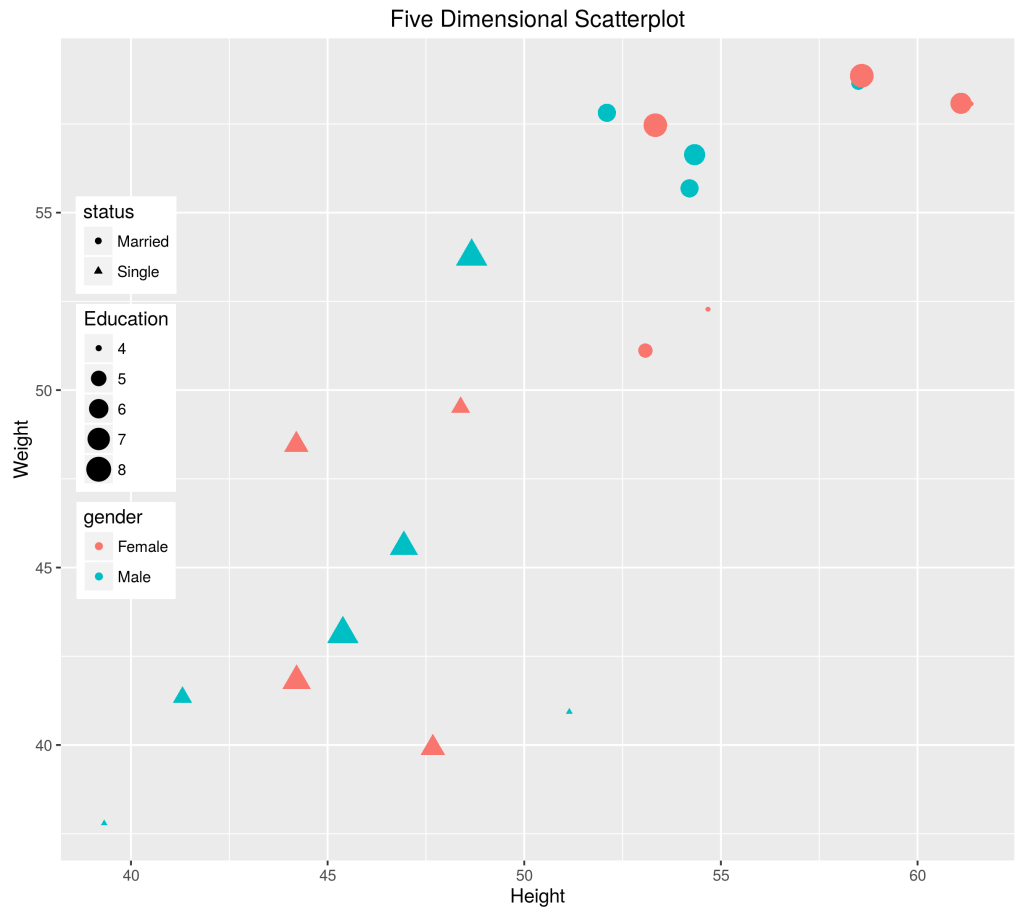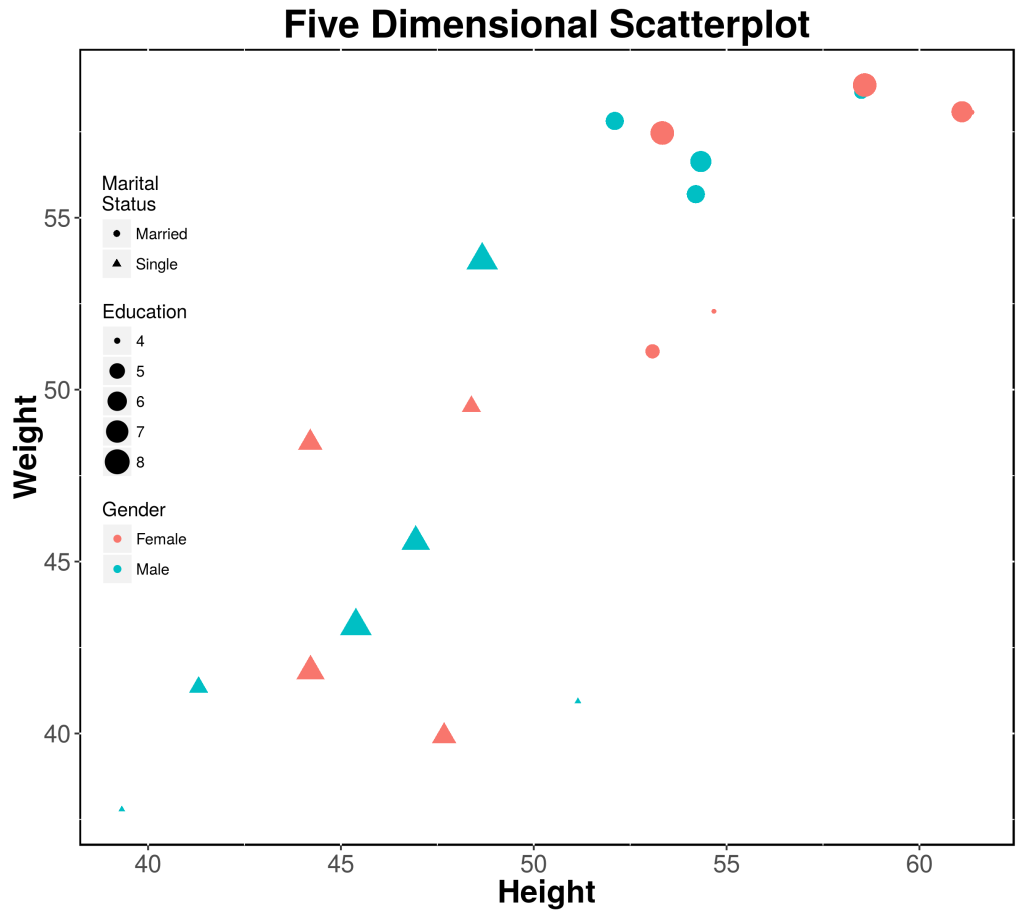Census and elections are festivals for people interested in data as it gives rise to the data that can be subjected to various statistical analysis. However, the practice of democracy is very new in Nepal and all the data related to it are not publicly available. Nevertheless, it is always interesting to statistically analyze the available data. Since, the datasets for only two CA elections are available, sophisticated algorithms and methods can not be used. Furthermore, lack of sample size also deters the confidence of the results obtained from the statistical analysis. Results from the proportional system do not give rise to interesting numbers, therefore, mostly the results of First Past The Post (FPTP) have been analyzed. Since, Election commission (EC) has data for only 239 constituencies in elections of 2064, the analysis of 2064 elections is based on those 239 constituencies whereas in 2070 analysis is based on all 240 constituencies.
Poor Performance and Luck?
There is no denying the fact that the United Communist Party of Nepal (Maoist) (UCPN(M)) performed poorly in the second CA election. Many political analysts have commented on their poor performance and reasons behind it. Even statistically, their performance was rather poor. The performance can be gauged not only by the number of seats won and percentage of votes garnered, but also by differences of votes in the constituencies it lost. Mere difference in number of votes between the winning and losing candidates does not show the true measure of difference between the candidates. For example, losing by 1000 votes in a sparsely populated constituency, such as, Manang with a voting population of 4,795 is different from losing by 1000 votes in a densely populated constituencies, such as, Bhaktapur-2 where the voting population is 82,218. So, weighted difference between the candidates can better show the actual difference between the candidates. The formula for weighted difference is:
|
|
( Votes Winning – Votes Losing ) × 100 |
| Weighted Difference |
= |
————————————————————————————— |
|
Total Votes Cast |
The formula above not only calculates the difference between the winning and loosing candidates but also weighs the difference with the total votes casted in the constituency. The votes casted does not include the invalid votes. This formula does not largely deviate from original difference. In 2070, the closest candidates in terms of number of votes Mr. Gayananda Mandal (NC's candidate in Morang-4) who lost the election is still the first in the list with weighted difference of 0.02% of total votes casted. The original difference is 8 votes and is also first among the candidates losing by least votes. Similarly, Baburam Adhikari lost Gorkha-2 by maximum weighted difference of 52.04% of total votes casted. If we select the top three candidates from each constituency and see 50 candidates who lost by maximum weighted difference, 27 of them are UCPN(M) candidates. Similarly, only 8 and 5 of them are from UML and NC, respectively. Remaining 10 positions are occupied by other political parties such as RPP, Sadbhawana. In contrast to 2064 elections, when only 2 out of 50 candidates who lost with maximum weighted difference of votes were from UPCN(M). However, 20 were from NC and 25 from UML.
On the other hand, if we select the top three candidates from each constituency and see the 50 candidates who lost by minimum margin with respect to weighted difference, only 3 candidates are from UCPN(M). However, none of those three UCPN(M) candidates losing with least weighted difference from UPCN(M) are among the top 20 candidates with when compared in all the constituencies. Similarly, NC had 11 candidates and UML had 33 candidates. So, UML was the unlucky party as it lost by very few votes in most number of constituencies. Comparing with 2064, 14 out of 50 candidates losing with minimum weighted difference were from UCPN(M). In 2064, 16 were from UML and 12 were from NC.
Neils Bohr once said “Prediction is difficult especially about the future.”
and we all know volatility of Nepalese politics. In addition, this difference in elections of 2064 and 2070 is statistically significant which makes prediction of votes considerably arduous task in the future.
Do we really need proportional (PR) system ?
There has been several opinions against the proportional election system in Nepal.
- पीपलबोट डटकम जनमतको हुर्मत, नारायण वाग्ले, Setopati
- पीपलबोट डटकमः मजेत्रोजत्रो मतपत्र, नारायण वाग्ले, Setopati
- गर्लफ्रेन्ड सभासद !, अखण्ड भण्डारी, Kantipur
- समानुपातिकको विडम्बना, श्रीकृष्ण अनिरुद्ध गौतम, Kantipur
I also do not personally support the PR system, especially the way it is implemented in Nepal. Essence of democracy lies in the candidates being elected by the people, not by few dynastic leaders. If the proportional system is of absolute necessity, we must implement other forms of PR systems such as the Single Transferable Vote (STV) system which has been used, for example, in Australia, Iceland, and Republic of Ireland. However, voters do not have necessary education for such a system to be implemented in Nepal. People often argue that PR system is successful in many European countries such as Finland and Denmark. However, PR system in European countries such as Denmark, and Finland is considerably different from that implemented in Nepal. People vote for candidates in multi-member constituencies, not for a party as in Nepal. Order of candidates selection is chosen by votes received by the candidate, not by the leaders of political parties. One of the basic reasons to implement PR system is not to waste the people's votes. Against the basic principle of PR system, we are already losing 518,404 (5.40%) votes of unelected 92 parties. Only 30 out of 122 parties had a seat in CA, so all votes casted for those 92 parties went down the drain. Additionally, this number does not include those invalid votes resulting because the complexity of PR system such as multiple ballot papers and large size of ballot papers.
The other main reason behind adopting PR system is inclusiveness in the parliament. For example, it is argued that we do not have proportional number of women, marginalized groups, scheduled cast, and tribes in the parliament. If we always believe that problems of a backward community, for example, issues relating to women or dalits can only be raised by a woman or a dalit, then the system will never improve. Everyone especially in the parliament should understand everyone's problem. Nevertheless, it is of absolute necessity that proportional number of candidates should be elected from different classes in the society in a democracy. Here, I will try to use some numbers to prove that we can achieve inclusive parliament with even by FPTP system if we restrict the selection of candidates by the parties. I will explain this with an example of women candidates.
We have seen that political parties have nominated women candidates in constituencies where the situation of the party is rather poor. UPCNM and UML both nominated women candidates in Kathmandu-1 where NC's Prakash Man Singh was almost sure to be elected. Similarly, NC had nominated women candidate in Kathmandu-2 against the heavyweight opponents Madhav Kumar Nepal of UML and Lila Mani Pokhrel of UPCN(M). In-fact, in 2070 elections there is only one constituency where both first and second candidates are women (Udayapur-2, Manju Kumari Chaudhari (UML) won by 23 votes against Pramila Rai (NC)). In spite of this discrimination for women candidates, numbers show that women perform almost as well as men, if not better. Additionally, many heavyweight leaders have filed their wifes as dummy candidates (eg. Ram Chandra Jha, http://nepalihimal.com/article/1860 ). If there are enough women candidates, statistics shows that they will come winners. Similar strategy can be used with other communities such as dalits, madhesis i.e. increase their nominations from the political
parties.
In 2070, there were 6,127 candidates in the FPTP system, of which 5,458 (89.1 % ) were males and 667 (10.9%) were females. However, 230 (95.8%) seats were won by males and 10 (4.2%) were won by females. The numbers show that 230 of 5458 (4.21%) of only the male candidates have won the elections. On the other hand, 10 out of 667 (1.5%) women candidates have won the election. Although this number in case of women is small, we can see that women candidates were also among the candidates who lost by minimum votes. Five of the ten candidates who lost by minimum margin of votes are women. However, if we analyze the results in 2064, the trend is obvious. There were 3,947 candidates of which 3,577 (90.63%) were males and 369 (9.34%) were females. 30 (12.5%) women candidates won in FPTP system. Looking at the gender-wise percentage of candidates, we can see that women fared excellently than the men. 30 out of 369 i.e. 8.13 % of women candidates won the elections and 209 out of 3,577 i.e. 5.84% of male candidates won the election. These results show that if we have enough women candidates (for example, 40%), it will not be impossible to elect 33% percentage women candidates in the parliament even in FPTP system. Similarly, by nominating enough candidates from different sections of society such as dalits, madhesis, and marginalized groups, we can have an inclusive parliament in FPTP system.
In the current PR system, a woman candidate is selected at the mercy of the senior leaders who in most political parties are high caste males. Furthermore, a political party can change a PR candidate anytime, not only from the list submitted to election commission but alarmingly during the parliament term. This system does not give enough confidence to the women MPs to put forth their plight before the parliament against their leaders' wishes. As Paris Hilton said “No matter what a woman looks like, if she's confident, she's sexy.” We need confident women candidates and other candidates from the marginalized groups to make their voices heard in the parliament.
An alternative
Even after nominating enough women candidates (40%) in FPTP system, if women can not gain 33% representation, we can add a small but definite number of parliamentary seats called leveling seats or adjustment seats to maintain the proportionality in the parliament. For this, we can select the candidates who lost by minimum weighted difference from the specific groups to fulfill the proportional representation. This leveling system has been used in PR systems, for example, in Norway, Denmark, Sweden, and Germany. If we look at five women candidates who lost by minimum weighted difference in 2070 (Pramila Rai, Surita Kumari Shah, Lila Devi Bokhim Limbu, Maina Kumari Bhandari, Sarala Kumari Yadav), most of them also fall in the marginalized community such as Janajati or Madhesi. These women candidates could be selected in the leveling seats as they represent not only women but also marginalized groups. The order of choice can be the weighted difference in the votes considering candidates from a particular marginalized group that are not represented in the parliament. Hence, using a little bit of statistics (complicated ones are used already in the calculation in PR system), we can have a proportionally represented parliament who represent the true voices and aspirations of general public.





